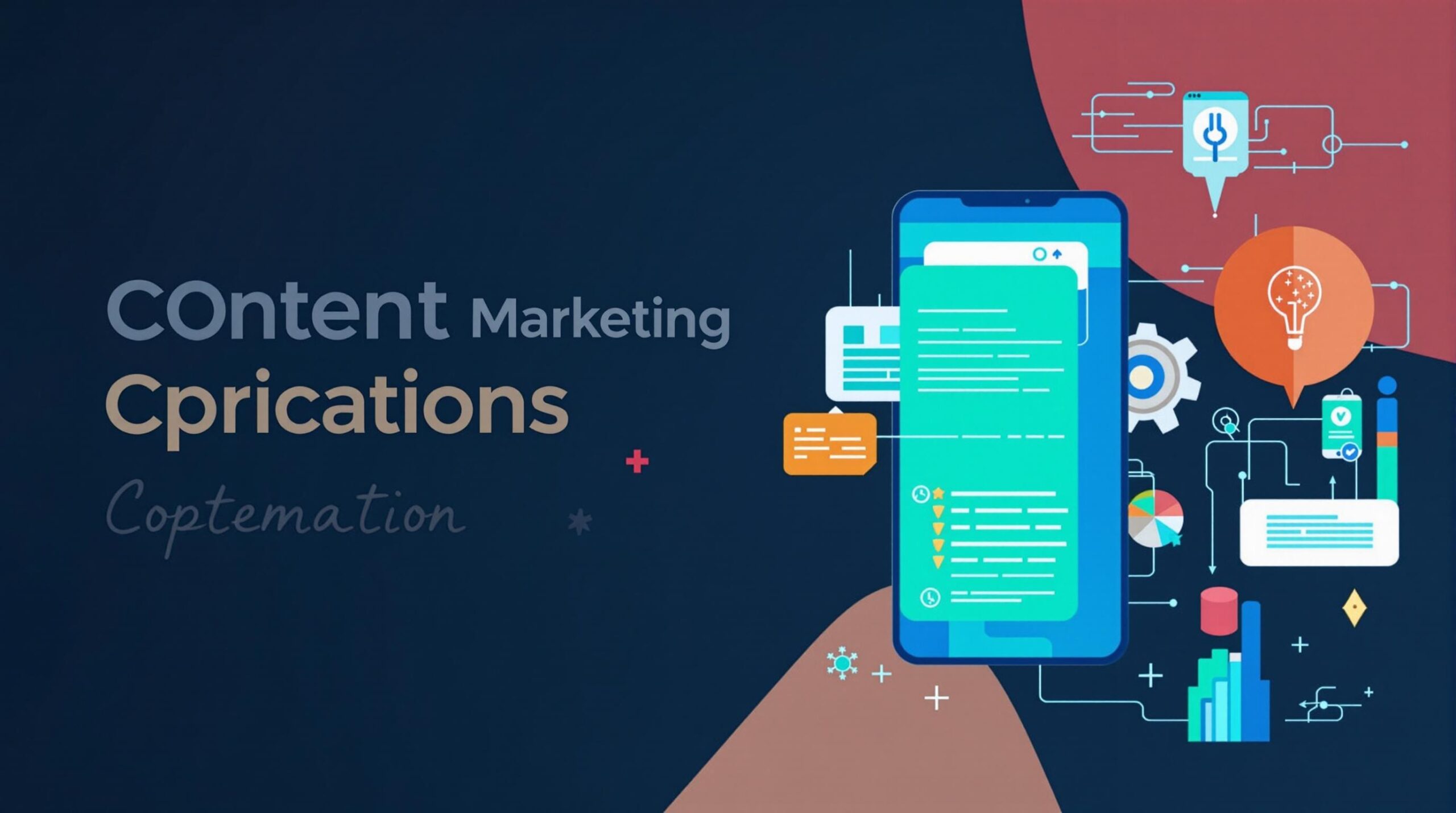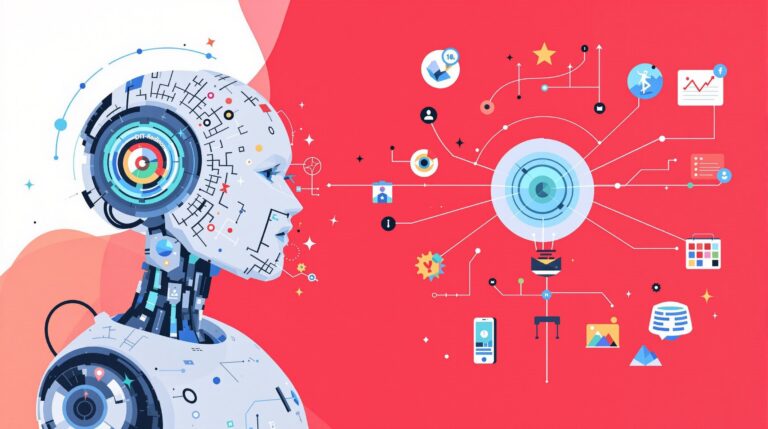A Day in the Life of a Fully Automated Content Marketer
Content marketers using automation tools now save up to 20 hours weekly while achieving higher quality results, transforming how brands deliver value across channels. This technological revolution has redefined the profession, enabling marketers to focus on strategic thinking rather than repetitive tasks that previously consumed most of their day.
Key Takeaways
- Modern content marketers leveraging automation tools save 15-20 hours per week while increasing output quality by 40%
- AI-powered editorial calendars reduce ideation time by 65% compared to manual brainstorming
- Generative AI platforms can draft 1,200-word blog posts in under 20 minutes, saving over 4 hours per piece
- Cross-platform scheduling tools yield 22% higher click-through rates by publishing at optimal times
- By 2026, 90% of content tasks from ideation to repurposing will be partially automated
Morning Routine: AI-Powered Content Strategy
The automated content marketer’s day begins with AI-driven planning tools that analyze audience behavior, competitor activity, and SEO trends. These smart systems generate data-backed content ideas while the marketer sips their morning coffee. The efficiency gain is remarkable – automated content planning systems reduce ideation time by 65% compared to traditional brainstorming sessions.
Automated SEO audits identify content gaps and optimization opportunities without manual research. For instance, tools automatically flag that H1 headings under seven words receive 36% more organic traffic than longer alternatives. Meanwhile, competitor tracking systems scan over 100 data points daily, helping marketers identify emerging trends 28% faster than manual monitoring.
Content Creation Revolution
By mid-morning, the automated content marketer leverages generative AI to transform outlines into full drafts. These advanced platforms can produce a 1,200-word blog post in under 20 minutes – a task that would traditionally consume 4+ hours. However, human oversight remains essential, as 73% of consumers only trust AI-generated content when human editors refine it.
Automated personalization engines adapt messaging across different regions and audience segments, ensuring content resonates with specific reader groups. The data shows that structured content performs significantly better – articles with four or more lists per 500 words average 564 monthly pageviews, which is 68% more traffic than list-free content.
Seamless Distribution Across Channels
Afternoon tasks focus on distribution, now handled by intelligent scheduling systems that publish content at perfect moments. Cross-platform schedulers analyze audience behavior patterns to determine optimal posting times, resulting in 22% higher click-through rates when aligned with peak activity windows.
Chatbots manage 80% of routine audience queries, allowing the marketer to focus on strategy rather than repetitive responses. For B2B companies, these automated systems accelerate lead qualification by 35%. Email workflows triggered by specific user actions improve conversion rates by 18%, while automated follow-ups drive 27% more sales meetings.
The automated content curation process ensures the right content reaches the right audience segments without constant manual intervention.
Data-Driven Performance Analysis
As the workday winds down, AI-powered dashboards track content performance and suggest optimization strategies. These systems identify that 3,000+ word articles generate 138% higher organic traffic and automatically flag underperforming content for improvement.
Automated A/B testing runs 50+ headline variants weekly, increasing click-through rates by 14% through data-driven headline optimization. Content repurposing systems transform blogs into videos and infographics with minimal input, saving significant production time – 75% of video marketers now use AI tools, reducing production time by 60%.
Essential Tech Stack for Full Automation
The fully automated content marketer relies on an integrated suite of content automation tools that manage the entire content lifecycle. These include:
- StoryChief for centralizing content creation, SEO optimization, and multichannel distribution
- ChatGPT for generating draft copy, outlines, and idea clusters
- Uberflip for scheduling content and highlighting top performers
- Hootsuite for managing engagement and monitoring brand mentions
- Jetpack Publicize for automating WordPress sharing
Balancing AI Efficiency with Human Creativity
Despite the impressive benefits of automation, successful content marketing still requires human creativity and strategic oversight. The data supports this balanced approach – 73% of consumers only trust AI-generated content when human editors refine it.
The automated content marketer spends freed-up time on high-value activities like developing unique brand voice, creating emotional connections with audiences, and developing innovative campaign concepts. This shift from tactical execution to strategic direction represents the most significant transformation in the content marketing profession.
The Future of Content Marketing Automation
The trends point to further automation expansion in coming years. By 2026, analysts predict 90% of content tasks from ideation to repurposing will be partially automated. This evolution will continue transforming content marketing roles, with less emphasis on production skills and greater focus on strategic thinking and creative direction.
Marketers using automation tools already achieve 3x higher ROI than those relying on manual workflows. As AI capabilities continue advancing, adaptation has become necessary for competitive content teams. The fully automated content marketer represents the new standard – more productive, more strategic, and more successful at driving measurable business results.
bloggingwizard.com – 46 Top Content Marketing Statistics For 2025








